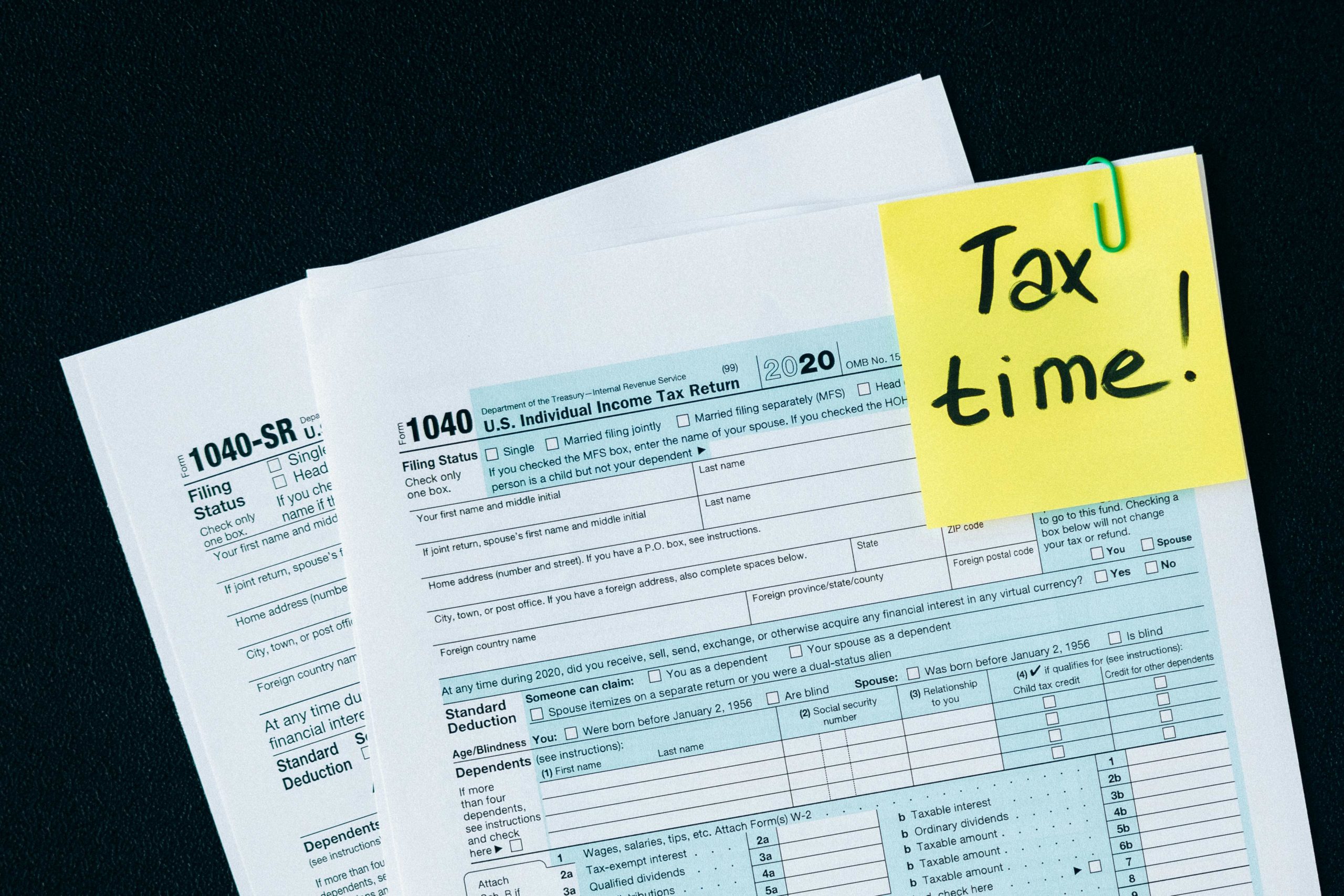The tax system in the United States follows a “pay as you go” process, meaning that a taxpayer is required to send the Internal Revenue Service tax payments during the year to cover obligations on their income. An employee relies on an employer to withhold income tax payments and send them to the IRS. However, someone who is self-employed must make estimated tax payments four times during the year. Estimated taxes are mandatory when expected to owe yearly taxes of $1,000 or more. Anyone who does not pay the appropriate quarterly estimated taxes could receive a penalty for non-payment or underpayment. Proper accounting methods may reduce such an outcome.
The Quarterly Payment Schedule
The IRS establishes specific dates during a 12-month period. For 2024 estimated taxes, the schedule goes as follows: April 15, June 17, September 16, 2024, and January 15, 2025. Estimated taxes are also typically required when living in a state with state-level income tax requirements.
Corporations and brick-and-mortar businesses are not the only entities required to make estimated tax payments. Self-employed independent contractors or entrepreneurs who file returns as sole proprietors must make estimated tax payments on schedule.
Amount Owed on Estimated Taxes
The estimated tax payments must be 90% of what the taxpayer owed. So, someone who owes $5,000 for the tax year should have submitted $4,500 in estimated tax payments. Some may base their estimated tax payments based on 100% of the taxes they owed the past year. However, income may decrease or increase significantly from one year to the next, so the taxpayer may adjust their quarterly payments.
The payments need not be equal since income can fluctuate throughout the year. If someone still owes tax after making four estimated payments during the year, they must pay the additional tax when filing the return. Those who overpaid their estimated taxes might receive a refund.
The Estimated Tax Penalty
The IRS bases the estimated tax payment penalty on the underpaid amount, when it was due, and how much was underpaid. The IRS will assess an interest rate for underpayments. Taxpayers may face additional penalties when they file their taxes, such as penalties for failure to pay taxes or failure to file a return on time.
Avoiding Penalties and Other Problems
Keeping accurate records of all revenue and expenses assists with filing a tax return without errors and omissions. Once the taxpayer ascertains how much they owe in estimated tax payments, it is vital to follow through with making those payments timely. The IRS provides a voucher form called the 1040-ES that allows taxpayers to fill in all the necessary information to process the payments effectively. The 1040-ES provides a worksheet for those wishing to determine their estimated tax payments.
Mailing the payments is one of many ways to send estimated tax payments. Online payment options exist, and they could be more convenient. Regardless of the taxpayer’s chosen method, the goal remains the same: pay the proper amount of estimated taxes on time. Doing so could prevent facing the added costs and stress associated with amassing interest and penalties.
